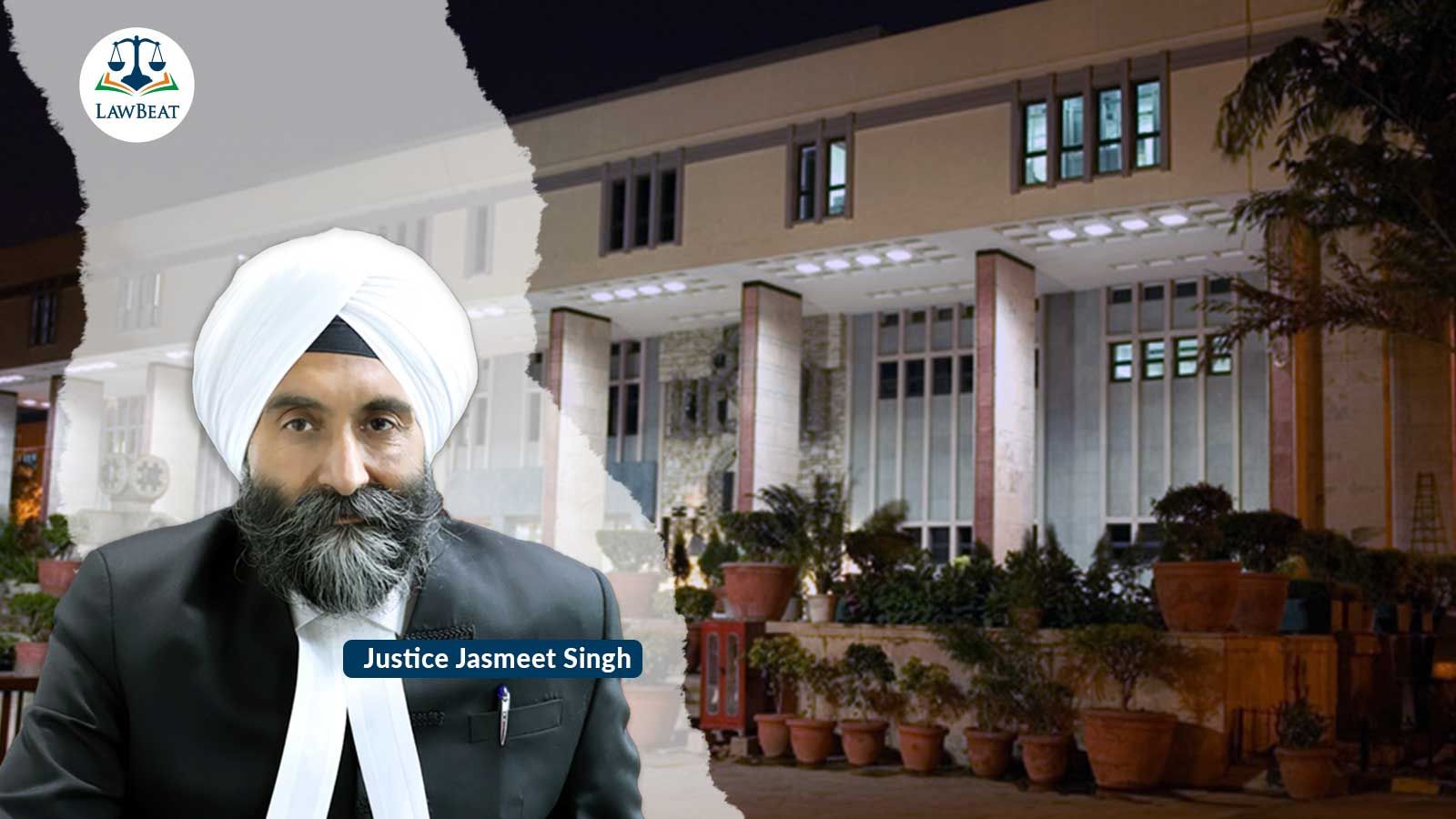“No construction, concretisation inside Central Ridge forest”, orders Delhi High Court

Court also sought a detailed affidavit on the issue about construction of a boundary wall around the Tughlaq-era monument besides toilets from the Delhi government
The Delhi High Court on Monday directed that no construction activity, including building a boundary wall around Malcha Mahal, shall be carried out in the central ridge forest area in the national capital.
Taking note of a news report about construction of a boundary wall around the Tughlaq-era monument besides toilets, the bench of Justice Jasmeet Singh said that there cannot be concretisation of central ridge.
The court sought a detailed affidavit on the issue from the Delhi government and ordered, "For the time being, it is directed that there shall be no construction at the central ridge including but not restricted to the boundary wall, grille work, and toilets."
The court was hearing a contempt plea, on the basis of a news report published by the Times of India titled “Malcha Mahal in for royal makeover with boundary wall, iron grille and greening”.
The report stated that: “As part of facelift and protection of Malcha Mahal, the Delhi government has decided to construct a 2-foot high boundary wall at the monument soon. It will be topped with a 5 ft high iron grille and will be built with stone masonry”.
Earlier, Justice Singh had asked the authorities to explain as to why 63 structures were present inside the 864-hectare Central Ridge forest and made it clear that those lacking protection from coercive action “have to go”.
“'How can you choke the lungs of the national capital”, the bench had remarked orally.
The judge had also directed authorities to not allow the dumping of any waste in the area and sought a reply to know the reason behind such a large number of structures in the Central Ridge forest and asked the authorities to explain what these structures were.
"Sixty-three is not a small number. It is a huge number. How can they have protection? I am not able to understand. These 63 structures have to go. Find out if there is any stay order by any court on these structures. You (Delhi government) file an affidavit as to what these structures are along with photographs and you remove them”, the court had said.
The judge had also said, “It is in the larger interest of the people of the state. These (ridge areas) are the lungs of Delhi. How can there be 63 structures on the ridge? You find out what these structures are and what is the protection available with each of these structures. If there is no protection, the structure has to go. Do the needful in four weeks”.
Case Title: Anjali College of Pharmacy and Science through its founder -cum-chairman Devendra Gupta v. Dr. Montu M Patel President, Pharmacy Council of India & Anr.
